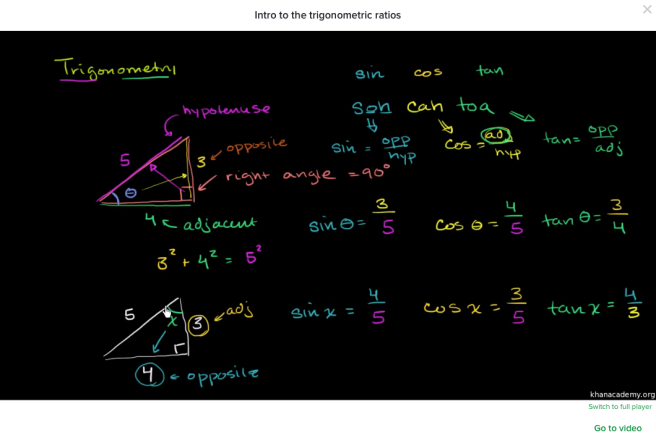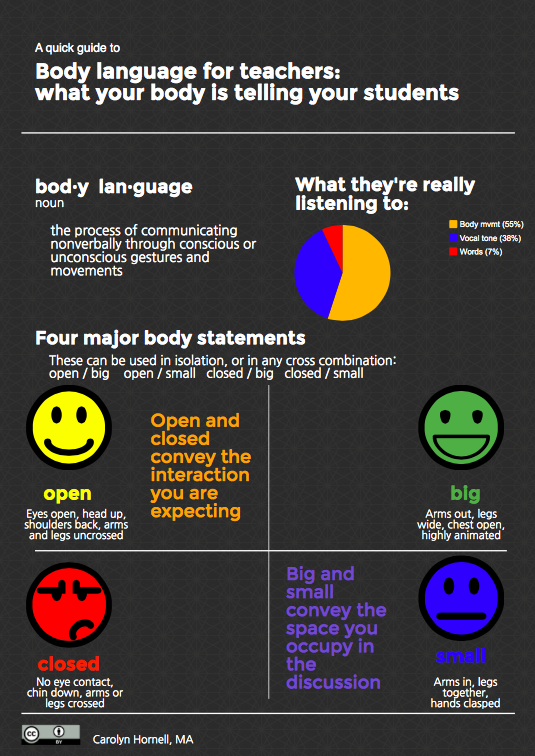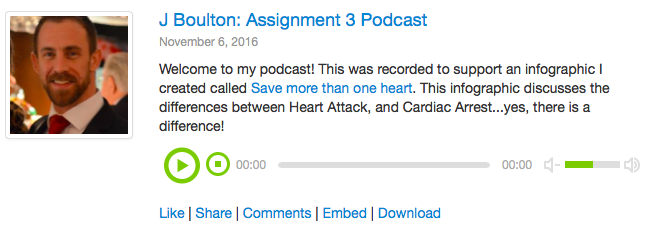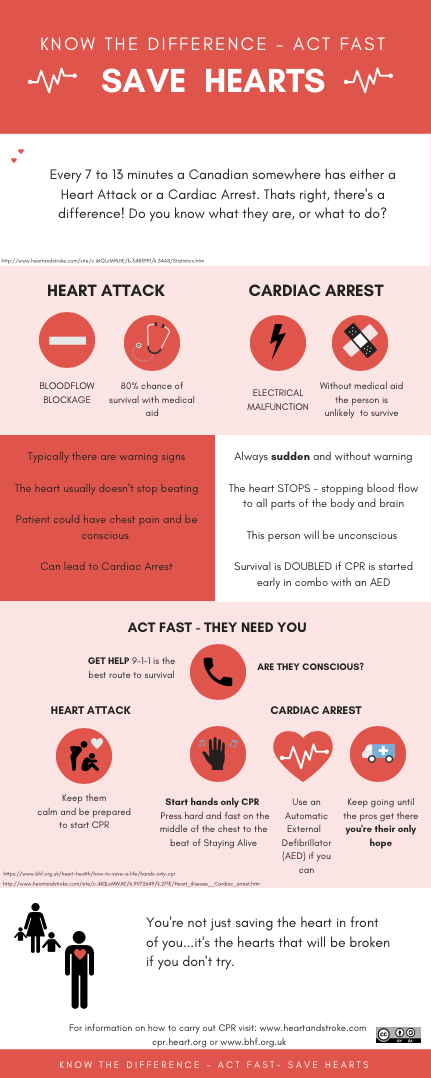Both stage and film are viable art forms, but they are suited to different situations and types of stories” Bowen, 2012
Bowen is suggesting that both online and ‘naked’ teaching have their place (audience) in the learning process. The classroom is ever evolving; with the introduction and progression of the Internet, the traditional classroom is seldom found. An article in the Oxford Royale Academy asks (via its title) “Studying Online: A Threat to Traditional Learning?” This is a very valid question with the quantity of online learning options increasing at an alarming rate in recent years; and one, which is echoed through faculty on a daily basis. Recently a 3240 classmate wrote in a class forum that some colleagues were worried for their jobs following the implementation of a Learning Management System (LMS). Clearly there are both positive and negative aspects to online vs. face-to-face learning, this reflective journal will discuss some of these, and give my opinion on whether online learning really is a threat to the traditional classroom.
Initially my response to my classmate was “do you think your colleagues using the LMS to its full potential” and “what do you think is the basis for their fear”. People fear change, change will always involves an element of relearning, a period of time spent temporarily outside your comfort zone which will inevitably cause resistance at some level. Conversely, “some faculty view exploring online teaching and learning as an inviting and even invigorating challenge” (Sibley and Whitaker, 2015). We are taught as educators to embrace change, to constantly try new teaching, or assessment techniques. If we do not, how can we expect our students to push their own boundaries? Consequently, will the learner be receiving the best learning experience that we can provide? The Bowen quote gave me the realization that perhaps my classmates colleagues could also benefit. The key here is ‘application’. As Emily Moore says in her Faculty Focus article 7 Assessment Challenges of Moving Your Course Online, “Not all online courses are created from scratch” many will be an adaptation of what was likely originally developed for the traditional classroom. Some subjects are versatile enough to be deliverable in a number of ways, and will be suited to the online environment. As an example, a previous employer of mine uses a LMS to deliver various Health and Safety topics, with good success. In other subjects
Human interaction and body language are an important part of the teaching process that some may struggle without; and despite efforts to provide this in a web context, chat rooms, forums and webinars will never be the same as being physically in the presence of peers and teachers and able to communicate ideas face-to-face
For instance, I used to teach a mechanical apprenticeship in which, hand skills were a large portion of every semester. While it’s true that digital video is helpful in demonstrating practical application, finesse, integrity, patience and specific process are arguably harder to teach in a virtual world. Application is key. Those resistant to LMS, Massive Open Online Course (MOOCs) or even general applications of the virtual world, likely have not yet realized its full value. This article gives some insight into “engaging faculty in online education”.
The transition of courses to the online environment offers both the student and teacher huge flexibility; many are self-paced or with loose agenda, and while this relies on the personal motivation to learn, it opens the course up to a much larger audience (such as full time employed etc.) the Provincial Instructor Diploma Program (PIDP) is a great example. I typically study from 05:00 – 07:00 and then whenever else I can fit it in; as I type I am half way over the Atlantic en route to England. Online courses are without question cheaper than attending college or university, and with student debt being in crisis (time.com) being frugal is a positive. “Some argue that the relative lack of human interaction in online learning is one of its biggest pitfalls. To combat this issue, many online courses offer forums or chatrooms” much as we have experienced within the PIDP. Personally, I have had a mixed experience with this, while the course forums have been a great area to meet classmates, and gather resource, there always the chance of isolation, if circumstance doesn’t allow full participation. A reoccurring theme regarding online courses is that “assessment is uniquely challenging in an online environment, as it’s susceptible to cheating” (Oxford Royale Academy). In my opinion however, this is largely dependent on the assessment method used. If, for example, a multiple choice question paper is used, then the chances of cheating are far increased over a peer assessed essay. I have only glanced over some of the pros and cons of online learning; the capability of this subject gathers momentum every day. For certain, it will not be disappearing anytime soon.
“Online learning hasn’t quite reached its full potential yet; it’s a concept that requires some development before it can present a viable challenge to traditional learning, but its future in an increasingly internet-reliant world is surely bright” (Oxford Royale Academy). Educators shouldn’t fear it; we absolutely need to embrace it. The robot isn’t here to replace, its here to help. LMS, online learning, MOOC’s or whatever other method you encounter to aid the learning process, it does not and likely will not replace face to face learning, all “are viable… but they are suited to different situations and types of stories”. Slowly, technology enters my classroom as I have mentioned in previous journal entries and blog posts. Podcasts, Digital Lessons, Learning Portals; they all add to the ever growing teaching toolkit. I am not at a stage where I fear for my job due to an LMS or MOOC, I don’t think I ever will. Online learning is a resource, another delivery method. If we keep an open mind and realize its potential, the only limitation is the teacher.





